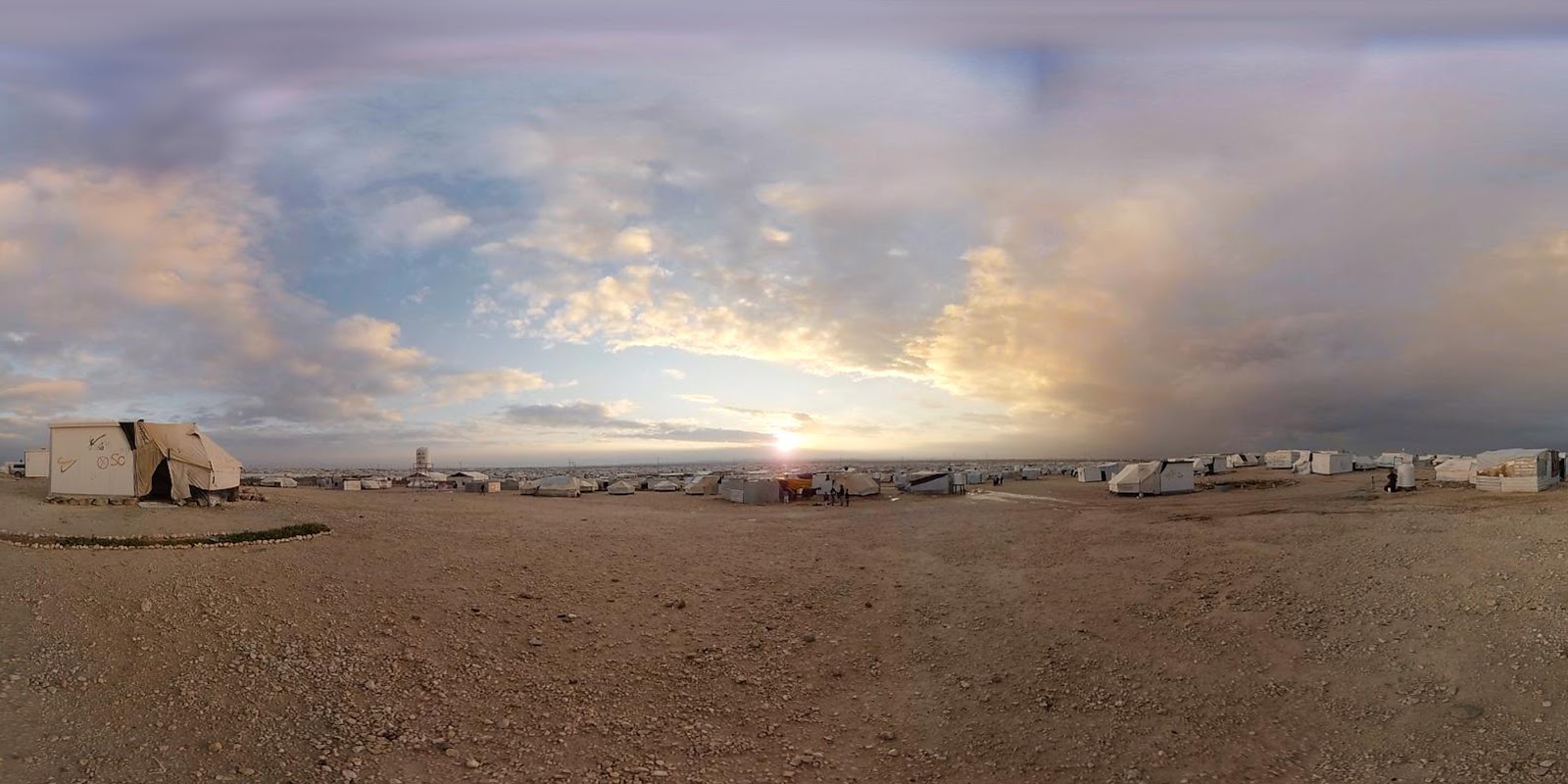
“It connects humans to other humans in a profound way that I’ve never seen before in any other form of media. And it can change people’s perception of each other. And that’s how I think virtual reality has the potential to actually change the world.”
(Milk, 2015)
What makes VR different from other forms of media is that it can create a sense of presence, which in turn involves transportation and emphasizes a perceptual and psychological immersion. In this mediated experience, viewers feel they are exploring a natural, immediate, almost real (virtual) space.
Immersive storytelling is an important feauture of VR. This medium has the potential to transport the viewers to a fully immersive narrative dimension, in which they become involved, engaged and possibly inspired. For instance, the narration of a true story, through VR, can not only, physically, move the actions of your body but also, emotionally, stimulate the thoughts in your mind, the feelings in your heart.
One of the main benefits that VR can bring to society is, as I mentioned in my previous blog post, the ability to generate a feeling of empathy in viewers. VR can really have a strong social impact representing a powerful learning tool, which can encourage new positive perceptions of cultural differences. Empathy is considered as the capacity of perceiving and sharing someone else’s feelings or experiences, in connection with the situation in which that person is.
Storytelling in VR can, in fact, produce empathy and a sense of compassion in the viewers. In a virtual space, you can immerse yourself in the self of someone else, in her/his personal reality and learn from this sort of virtual self immersion.

The effects than VR can have on public perception and understanding are well recognized in film industry. This is why many VR films are being designed in order to enhance empathetic feelings, with first-person experiences. The recreation of a true story develops a deep immersion in VR, in which people can experience the emotional and physical states of another person, discovering her/his reality.
According to the immersive storyteller Chris Milk, VR is a machine through which people can become more compassionate, more empathetic, more connected, thus more human. This documentary filmmaker used this tool so as to encourage reflection and change human minds. His VR film Clouds Over Sidra (2015) immerses the viewers in the Za’atari camp in Jordan, where many Syrians were escaping war and famine, whithout knowing when they would have gone back home or what they would have found once there.
This film was showed at the World Economic Forum in Davos, to ‘a group of people whose decisions affect the lives of millions of people. And these are people who might not otherwise be sitting in a tent in a refugee camp in Jordan. But in January, one afternoon in Switzerland, they suddenly all found themselves there. And they were affected by it’ (Milk, 2015).

The film tells the story of Sidra, a 12 year old girl who has lived in this refugee camp since the summer of 2013. It follows her to school, to her makeshift tent and even to the football pitch. It has been translated into 15 different languages and used to influence public opinion (see UNVR website). This film is a valid example of how this medium (VR) can be used to generate greater empathy and new perspectives on people living in conditions of great vulnerability.
References
Chris Milk, TED2015 talk, How virtual reality can create the ultimate empathy machine:https://www.ted.com/talks/chris_milk_how_virtual_reality_can_create_the_ultimate_empathy_machine/transcript
United Nations Virtual Reality website: http://unvr.sdgactioncampaign.org/cloudsoversidra/
J. Psotka, Immersive training systems: Virtual reality and education and training, Instructional Science, 1995 https://link.springer.com/content/pdf/10.1007%2FBF00896880.pdf
M. Lombard, T. Ditton, At the Heart of it All: The Concept of Presence, Journal of Comuter-Mediated communication, 2006 https://onlinelibrary.wiley.com/doi/full/10.1111/j.1083-6101.1997.tb00072.x
see also M. L. Ryan, Narrative as Virtual Reality:Immersion and Interactivity in Literature and Electronic Media (Parallax: Re-visions of Culture and Society), The Johns Hopkins University Press, Baltimora, 2001



Recent Comments